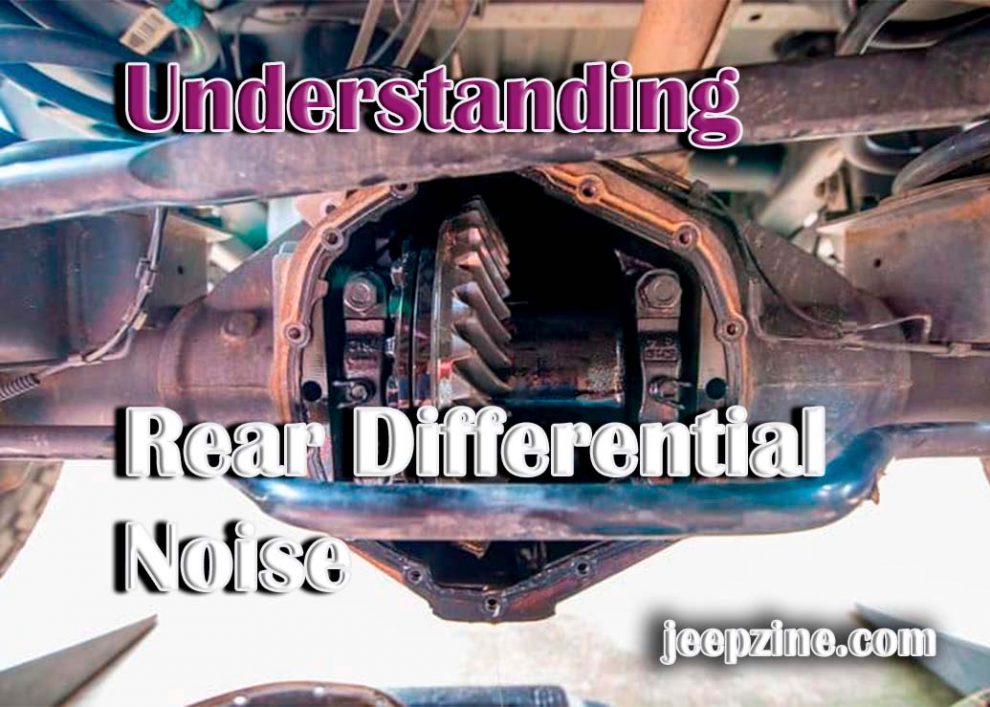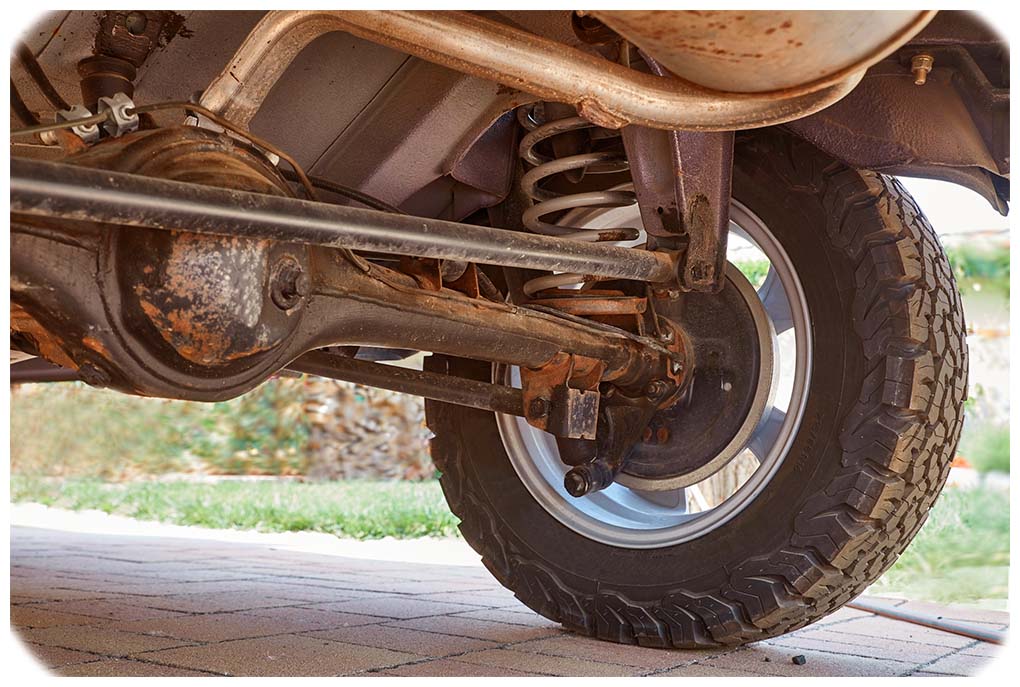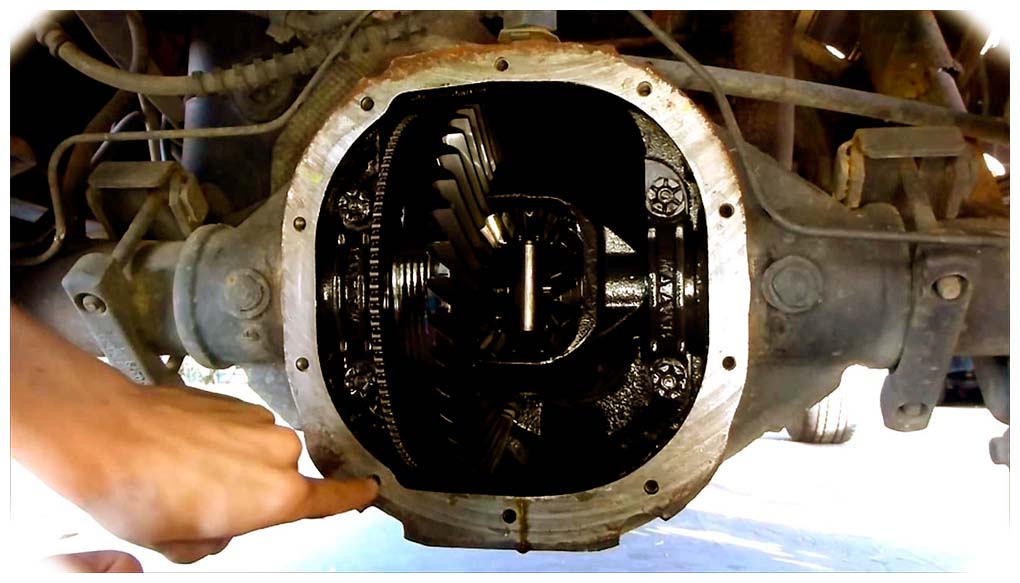Rear differential noise is an unwelcome sound that some car owners may experience from their vehicles. This noise is often a sign of trouble and should not be ignored as it can cause serious damage to the rear differential of a vehicle if it goes unchecked. In this article, we will discuss the causes of rear differential noise, its impact on vehicle performance, diagnosis, and repair options available, and prevention strategies for avoiding future problems.
Causes of Rear Differential Noise
The most common causes of rear differential noise are lack of lubrication, worn or damaged bearings, damage to gears or internal parts, incorrect installation or setup, and other factors.
-
Lack of Lubrication – The rear differential requires regular maintenance to keep it functioning at its best. When lubrication levels become too low due to infrequent oil changes or other reasons, metal parts can rub together causing noises such as whining or grinding.
-
Worn or Damaged Bearings – Over time bearings can become worn down due to regular use and age resulting in excessive play which will result in clunking noises when turning corners or shifting gears. It’s important to replace these bearings if your vehicle has them as they are essential to the operation of the vehicle. After addressing any issues with worn or damaged bearings, you might also benefit from identifying the sounds of bad wheel bearings.
-
Damage to Gears or Internal Parts – Any damage to gears or internal parts can cause noisy operation of a rear differential. This could be due to an impact, wear and tear, or some other form of damage. It’s important to inspect all components if you suspect a problem in this area.
-
Incorrect Installation or Setup – If a rear differential is not properly installed or setup it can cause noises such as grinding and clunking when shifting gears. It’s important to make sure your rear differential is set up correctly if you experience any issues with it.
-
Other Factors – There may be other factors at play that can cause rear differential noise such as worn drive shafts, loose suspension parts, and worn brakes. It’s important to have your vehicle inspected by a professional mechanic if you’re experiencing any kind of noise from your rear differential to diagnose the issue accurately and fix it quickly before further damage occurs.
Impact of Rear Differential Noise on Vehicle Performance
Rear differential noise can affect vehicle performance in several ways ranging from decreased fuel economy due to increased friction between components; reduced traction caused by an improper installation; and decreased handling due to lack of lubrication or worn components. It’s important to take care of rear differential noise as soon as it is noticed to avoid more serious problems down the line.
Diagnosis & Repair of Rear Differential Problems
When diagnosing rear differential noise, it’s important to start by inspecting all components for signs of wear and tear, replacing any parts that are damaged or worn, and checking for proper installation and setup. After this is done, there are various repair options available such as re-lubrication, repairing or replacing damaged parts, for instance, like Brake Pads for Dodge Ram 1500, adjustment and alignment, upgrade to aftermarket parts, or other solutions depending on the severity of the problem.
-
Re-lubrication – Depending on the type of vehicle you have; most rear differentials require regular oil changes every few thousand miles to keep components properly lubricated. If your vehicle does not have a specified oil change interval for its rear differential, it’s best to consult with a professional mechanic who can inspect your specific model and advise you on when an oil change is necessary.
-
Repairing or Replacing Damaged Parts– If certain components such as bearings are damaged, they must be replaced to ensure your vehicle’s rear differential functions correctly. It’s best to let a professional mechanic replace any damaged parts as they will have the tools and expertise to do it properly.
-
Adjustment and Alignment– If components are out of alignment, it can cause noise and other issues with the rear differential. It’s important to have a professional mechanic check for any misalignment or incorrect setup to prevent any further damage or performance issues.
-
Upgrade to Aftermarket Parts– If you want better performance from your rear differential, you may consider upgrading some of your vehicle’s components with aftermarket parts. This can provide improved performance, reliability, and longevity of your vehicle’s rear differential but should only be done by an experienced professional who is familiar with the make and model of your car.
-
Other Solutions- Depending on the severity of the problem there may be other solutions available such as transmission fluid flushes, gearbox replacements, axle rebuilds, etc. Again, it’s best to consult with a professional mechanic who can identify the issue accurately and suggest possible solutions for fixing it.
Prevention Strategies for Avoiding Future Problems with Your Rear Differential
There are several strategies that you can use to prevent future problems with your rear differential:
-
Regularly inspect all components of your rear differential for signs of wear and tear, damage, or misalignment
-
Ensure that all components are properly lubricated with the recommended oils and fluids
-
Have a qualified mechanic inspect the rear differential at least once a year to catch any potential issues before they become serious problems
-
Make sure to follow any recommended maintenance schedules for parts such as bearings and gears.
Conclusion
Rear differential noise can be caused by a variety of factors ranging from lack of lubrication, worn or damaged bearings, damage to gears or internal parts, incorrect installation or setup, and other factors. It’s important to take care of this issue as soon as it is noticed to avoid more serious problems down the line. Fortunately, there are several options available for diagnosing and repairing rear differential noise including re-lubrication, repairing, or replacing damaged parts, adjustment and alignment, upgrade to aftermarket parts, or other solutions depending on the severity of the problem. Finally, there are several prevention strategies available for avoiding future problems such as regular inspections and following recommended maintenance schedules.


 Lack of Lubrication – The rear differential requires regular maintenance to keep it functioning at its best. When lubrication levels become too low due to infrequent oil changes or other reasons, metal parts can rub together causing noises such as whining or grinding.
Lack of Lubrication – The rear differential requires regular maintenance to keep it functioning at its best. When lubrication levels become too low due to infrequent oil changes or other reasons, metal parts can rub together causing noises such as whining or grinding. Re-lubrication – Depending on the type of vehicle you have; most rear differentials require regular oil changes every few thousand miles to keep components properly lubricated. If your vehicle does not have a specified oil change interval for its rear differential, it’s best to consult with a professional mechanic who can inspect your specific model and advise you on when an oil change is necessary.
Re-lubrication – Depending on the type of vehicle you have; most rear differentials require regular oil changes every few thousand miles to keep components properly lubricated. If your vehicle does not have a specified oil change interval for its rear differential, it’s best to consult with a professional mechanic who can inspect your specific model and advise you on when an oil change is necessary.
Add Comment